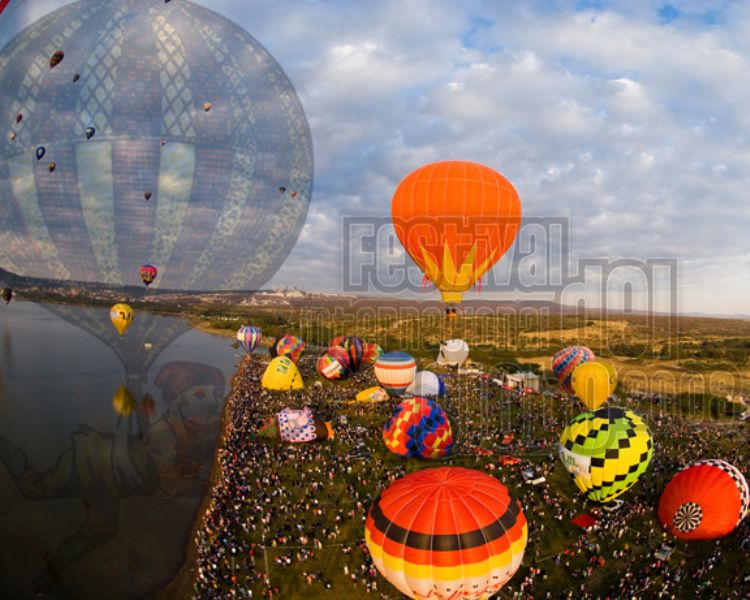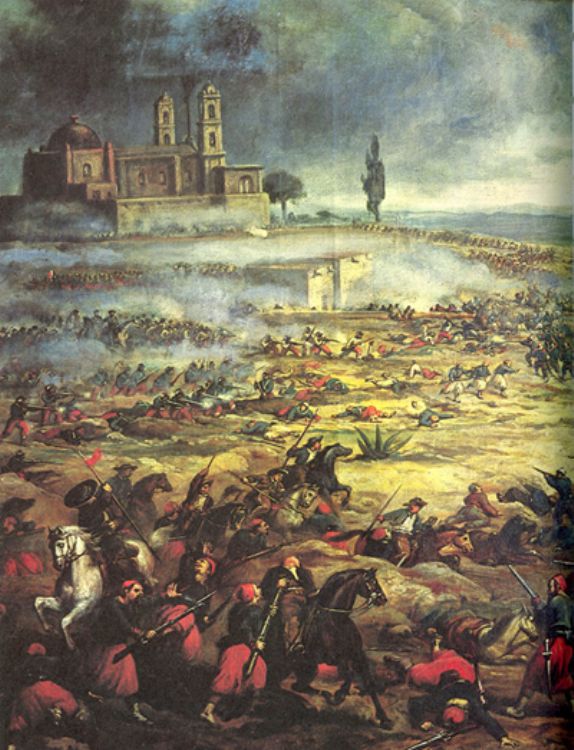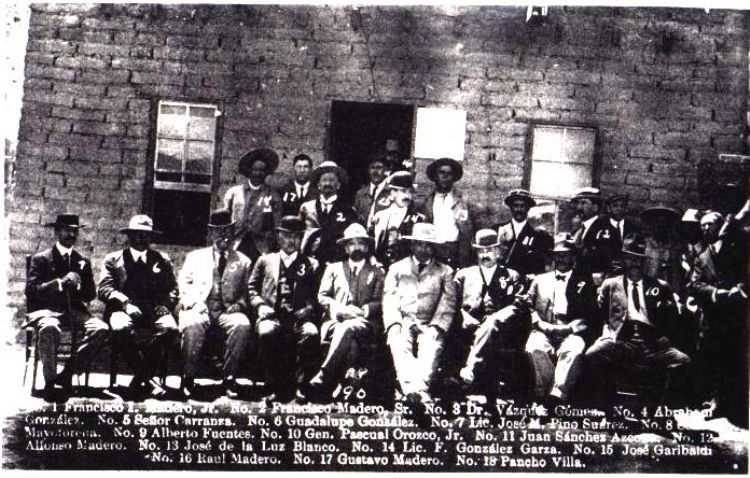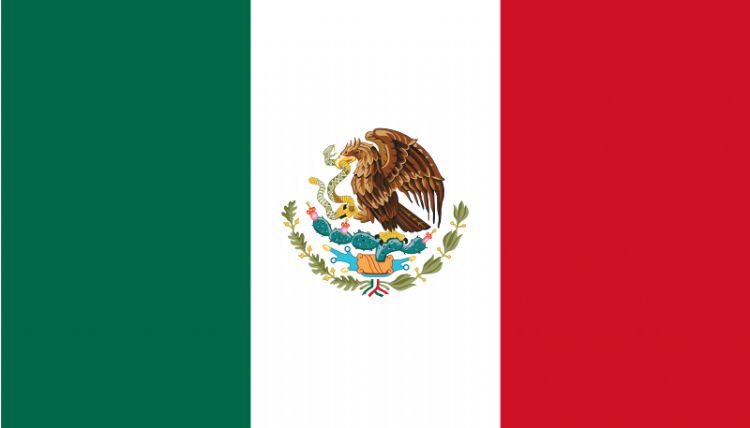Hot Air Balloons in Mexico and the International Balloon Festival

Since ancient times, man has dreamed of flying. The first efficient device for living this dream was the hot air balloon but since the development of highly efficient airplanes, balloons have been left exclusively for sports and entertainment.
A hot air balloon is conceptually the simplest of all flying machines; it is made of two parts, envelope and basket. The envelope is made of a special nylon, light weight and very resistant. The great efficiency of the basket has allowed it to not change much since its invention; it is still manufactured of wicker because it is very sturdy and flexible. Although balloons donât have a propulsion system, they enjoy a certain degree of directional control by making the balloon rise or descend to find favorable winds.
The first person to fly in a hot air balloon was Brazilian priest Bartolomeu de Gusmao, in front of King John V of Portugal in 1709. This concept was so unbelievable, that the priest was accused of witchcraft and persecuted by the Holy Inquisition.
The first universally accepted balloon flight was carried out by French brothers Montgolfier, who were inspired by the smoke ascending from chimneys. In 1783 they succeeded in a public demonstration before King Louis XVI and Queen Marie Antoinette of France at the Versailles Palace. It flew with the first living beings in a basket attached to the balloon, a sheep called Montauciel (climb to the sky), a duck and a rooster. The flight lasted approximately eight minutes, covered two miles and obtained an altitude of 1,500 feet. Their success was such that hot air balloons have since been known as âmontgolfieresâ.
The pioneer of ballooning in Mexico was Don Benito León Acosta, from Guanajuato. In 1842 he flew a hot air balloon he had manufactured himself. He took off from his hometown and landed at Río Verde in San Luis Potosi. This feat turned him into a national hero and engraved his name in history as the first Mexican aeronaut.
The city of Leon in the state of Guanajuato is the venue of the largest balloon festival in Latin America. The International Balloon Festival (FIG) has included the participation of world famous pilots since it began in 2002. The seventh edition of the colorful FIG was celebrated in November 2008 and gathered more than 100 balloons and 200,000 spectators. In addition to the thrill of watching these giants rise in the sky, the festival is great fun thanks to all the other activities it offers, including the Mountain Bike National Championship, a spectacular exhibit of Air-modeling and Magical Nights, a beautiful music show where the balloons, anchored to earth, simultaneously ignite their burners.
The International Balloon Festival exhibits balloons and their spectacular flights, but doesnât market them because they are not equipped for taking more than two passengers and one pilot. For experiencing this great thrill you can help the pilots during the event.
The National Aerostatic Club offers you this spectacular adventure; it has offices in San Juan del Rio and Tequisquiapan in Queretaro and Hacienda de Apulco in Hidalgo. You can make reservations for one of their packages, including lodging so you can arrive the night before, because the flight leaves before seven in the morning, when the atmosphere is cold and the sun slowly warms earth, creating air currents used for flying. Two to eight passengers plus the pilot can fly and the minimum age required is four years old, under parental supervision.
Artículo Producido por el Equipo Editorial Explorando México.
Copyright Explorando México, Todos los Derechos Reservados.
Foto: festivaldelglobo.com






